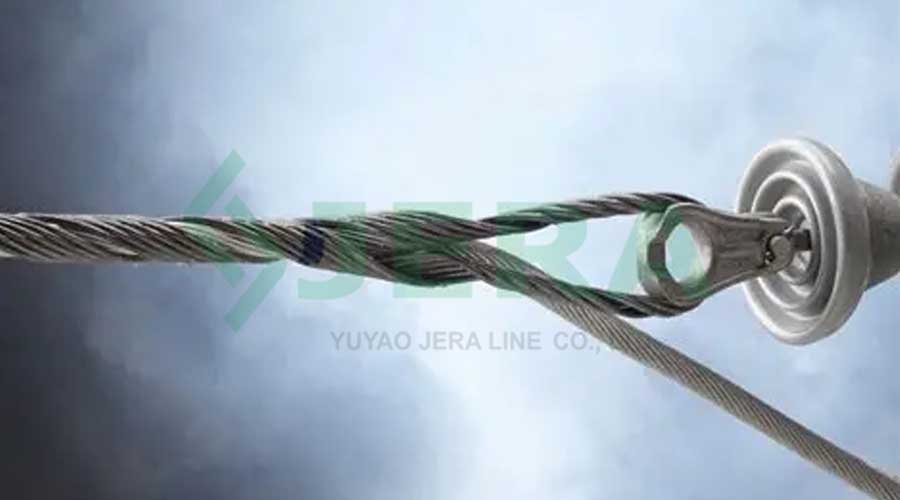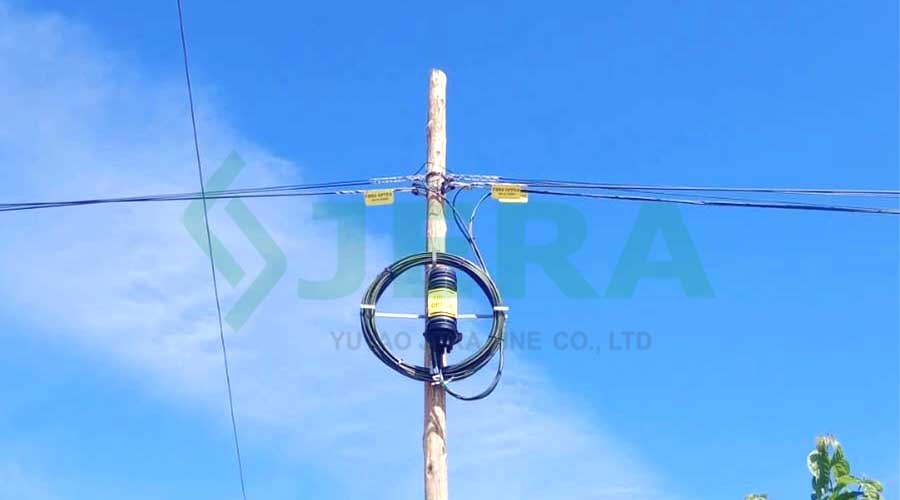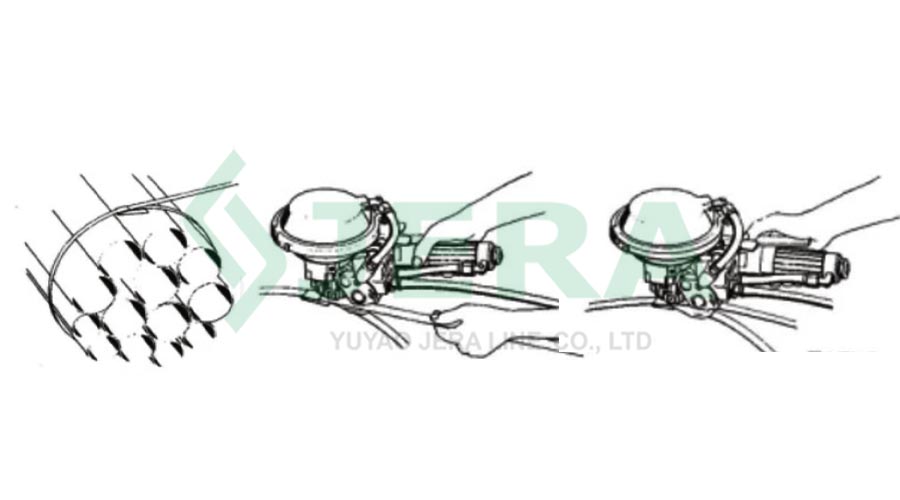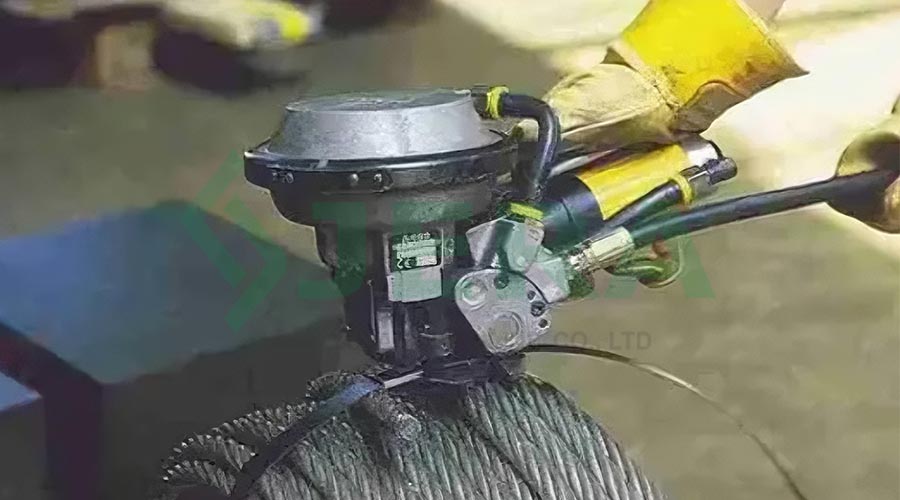Selecting the ideal dead end grip for ADSS (All-Dielectric Self-Supporting) or OPGW (Optical Ground Wire) cables is critical to the safety, reliability, and longevity of overhead power and telecom networks. The right grip not only secures cables under tension but also withstands harsh environments, complies with global standards, and integrates seamlessly with your existing infrastructure. At Jera Line, we’ve spent over 10 years engineering PLP-level dead end grips tailored to ADSS and OPGW cables—and we’re here to guide you through the key factors to make the best choice.


-
Start with the Basics: Understand Your Cable Type (ADSS vs. OPGW)
1. ADSS and OPGW cables serve distinct roles in overhead networks—and their unique properties demand dead end grips engineered for specific challenges. Mixing up grip designs for these cables can compromise performance, so this is your first non-negotiable step.
ADSS Cable: Prioritize Dielectric Protection & Lightweight Strength
ADSS cables are used in telecom (5G, fiber optic) and medium-voltage (MV) power networks, relying on non-metallic materials to avoid electrical conductivity. For ADSS, your dead end grip must:
-
Use non-metallic polymer cores: Prevents electrical short circuits and avoids damaging the cable’s dielectric layer (a common issue with metal-based grips).
-
Match cable diameter closely: ADSS cables typically range from 10.6 mm (small telecom variants) to 36 mm (heavy-duty MV models). For example, our DEG-ADSS-50 grip is optimized for 12–20 mm ADSS cables, while DEG-ADSS-80 fits 20–28 mm variants.
-
Support span-specific tension: Short spans (<50 m, common in urban telecom) need lower MBL (Minimum Breaking Load, 4–7 kN), while long spans (cross-urban, rural) require 50–80 kN MBL to avoid sagging.
-
OPGW Cable: Focus on Corrosion Resistance & High Tensile Load
OPGW cables combine metal (for grounding) and optical fibers (for data/communication), used primarily in high-voltage (HV, 110 kV+) power grids. For OPGW, your dead end grip must:
-
Feature galvanized steel frames with polymer coatings: Balances the strength needed to support heavy OPGW cables (often 26–36 mm diameter) and corrosion resistance (critical for outdoor/coastal use).
-
Handle high MBL: HV OPGW cables carry significant tension, so grips need 80–120 kN MBL (e.g., our DEG-OPGW-120 grip for 26–36 mm OPGW cables).
-
Avoid fiber damage: The grip’s inner lining should be smooth (no sharp edges) to protect the cable’s optical fiber core during installation and long-term use.
-
Check Compliance: Don’t Compromise on Global Standards
Reliable dead end grips aren’t just “strong”—they’re consistently strong, meeting international norms that ensure compatibility with global networks (and avoid costly rework). PLP, a global leader, adheres to strict standards—and your grip should too.
Rigorous Testing: Beyond “Pass/Fail”
Certifications are just the start—look for manufacturers that test every batch for real-world conditions:
-
Tensile load testing: Simulates full cable tension to prevent slippage (we test 50–120 kN, model-dependent).
-
Salt spray testing: Validates corrosion resistance for coastal or industrial areas (72+ hours of exposure).
-
UV stability testing: Ensures the grip doesn’t degrade in intense sunlight (critical for outdoor lifespans of 10+ years).
-
Temperature cycling: Tests performance in extreme cold (-40°C) and heat (60°C) for harsh climates.
-
Match the Grip to Your Project Scenario
No two projects are the same—your dead end grip should adapt to factors like voltage, span length, and environment. Below are common scenarios and how to choose accordingly.
Voltage Level: MV vs. HV
MV (10–35 kV): Used in urban power distribution or telecom. Opt for grips with 40–80 kN MBL (e.g., DEG-ADSS-50 for ADSS, DEG-OPGW-80 for OPGW).
HV (110 kV+): For rural power transmission or large-scale grids. Require 80–120 kN MBL (e.g., DEG-OPGW-120) and reinforced frames to handle heavier cables.
Span Length: Short, Medium, or Long
Short spans (<50 m): Urban telecom poles, small power lines. Choose compact grips with lower MBL (4–7 kN for ADSS, 20–40 kN for OPGW) to avoid over-engineering.
Medium spans (50–200 m): Suburban power/telecom. Need 40–80 kN MBL and weather-resistant coatings.
Long spans (>200 m): Cross-river, mountainous, or rural areas. Require custom-engineered grips (like our R&D-designed long-span models) with 80–120 kN MBL, anti-vibration features, and extra-long grip lengths for stability.
Environment: Harsh or Mild
Coastal areas: Prioritize grips with enhanced corrosion resistance (e.g., our polymer-coated galvanized steel for OPGW) to fight saltwater damage.
Industrial zones: Choose chemical-resistant materials to withstand pollution or factory emissions.
Desert/tropical climates: Opt for UV-stabilized polymers (to resist sun damage) or heat-resistant coatings (for high temperatures).
-
Look for Complementary Accessories: One-Stop Sourcing Saves Time
A dead end grip doesn’t work in isolation—it needs to pair with other overhead line accessories. Sourcing from multiple vendors can lead to compatibility issues (e.g., a grip that doesn’t fit your insulator) and delays. Instead, choose a manufacturer that offers one-stop solutions, like PLP and Jera Line.
Our complementary accessories include:
-
Insulators: Ceramic or composite insulators to match MV/HV needs.
-
Pole brackets: Customizable to fit different pole materials (wood, steel, concrete).
-
Cable ties: UV-resistant, non-abrasive ties to secure cables without damage.
-
Installation tools: Specialized wrenches or tensioning devices to ensure proper grip installation.
-
This not only saves you time on procurement but also guarantees that all components work together seamlessly—reducing the risk of installation errors.
While PLP’s quality is top-tier, its global supply chain often leads to higher costs. Jera Line leverages China’s manufacturing ecosystem to offer PLP-level quality at more competitive prices:
-
Why Jera Line Is Your Go-To for ADSS/OPGW Dead End Grips
At Jera Line, we don’t just “make dead end grips”—we make grips that fit your exact needs while matching PLP’s quality. Here’s what sets us apart:
Quality parity with PLP: IEC/ANSI certification, rigorous testing, and cable-specific designs.
Versatility: Grips for all ADSS/OPGW diameters (10.6–36 mm), voltage levels (MV/HV), and scenarios.
Customization: OEM/ODM services to solve unique project challenges.
Cost savings: Factory-direct pricing 15–25% lower than global brands.
Support: Localized, multilingual assistance and one-stop accessory sourcing.
Conclusion
Choosing the right ADSS/OPGW dead end grip is key to network reliability—whether for ADSS dielectric protection, OPGW corrosion resistance, or IEC/ANSI compliance.
While PLP sets quality standards, Jera Line’s China-based factory (with 10+ years in LV/MV cable accessories) delivers matching performance: in-house production (from raw materials to assembly), strict testing (tensile, salt spray, UV), and full certifications. Plus, we offer factory-direct savings (15–25% lower than PLP), OEM/ODM tweaks, one-stop accessories, and exports to 30+ countries.
No matter your project—5G grids, HV networks, or harsh environments—Jera Line’s factory has the tailored grip. Share your specs, and we’ll fit your needs and budget.



















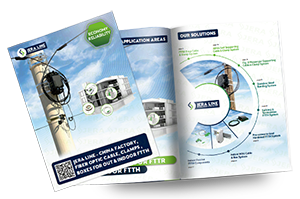

.png)







